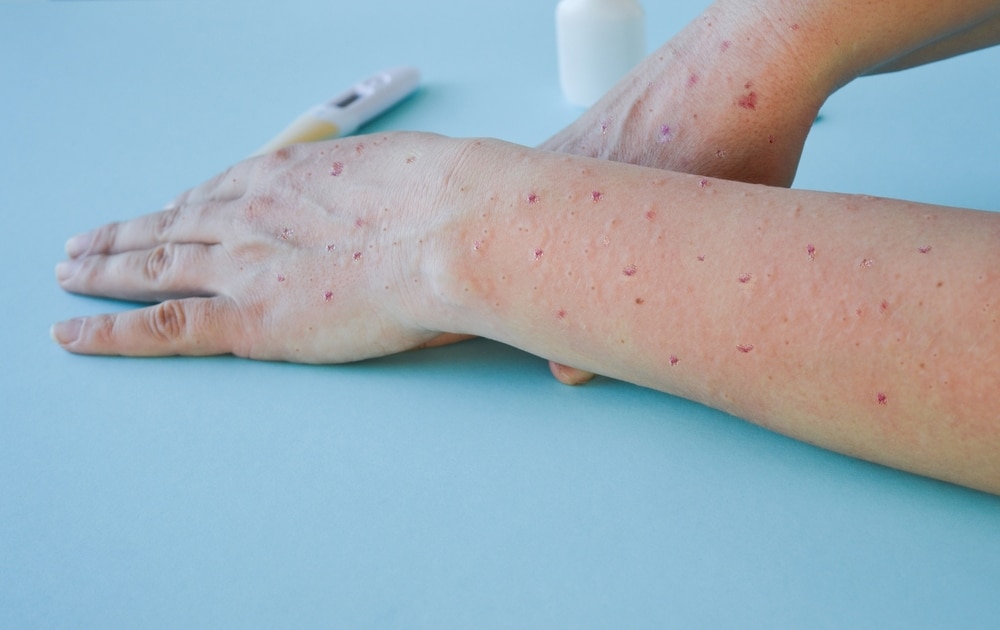Doctors in India have sounded the alarm over a new virus dubbed ‘tomato flu’ that has infected dozens of children. The infection was spotted in May in the southern state of Kerala and it is feared to be a new variant of hand, foot, and mouth disease. According to the Daily Mail, Experts are also probing whether it is the after-effect of a mosquito-borne infection but they have not ruled out an entirely new pathogen.
So far 82 children under five have been diagnosed with tomato fever since May and a further 26 youngsters up to age 10 are suspected cases. The infection gained its name because it causes an ‘eruption’ of red painful blisters across patients’ bodies that ‘gradually enlarge to the size of a tomato’.
Most patients also suffer high fever and intense joint pain, but fatigue, sickness and diarrhoea have also been reported. Doctors say it is ‘very contagious’ and they fear it could spill into adult populations if the current outbreak is not brought under control. It comes as the world still reels from the Covid pandemic — and amid a global outbreak of monkeypox.
Writing in scientific journal The Lancet Respiratory Medicine, medics said: ‘Children are at increased risk of exposure to tomato flu as viral infections are common in this age group and spread is likely to be through close contact.
‘Young children are also prone to this infection through use of nappies, touching unclean surfaces, as well as putting things directly into the mouth. ‘Given the similarities to hand, foot, and mouth disease, if the outbreak of tomato flu in children is not controlled and prevented, transmission might lead to serious consequences by spreading in adults as well.’
The main symptoms observed in children with tomato flu are similar to those of chikungunya – a viral disease similar to dengue that is transmitted by mosquitoes and is endemic in parts of India.
The 82 children diagnosed with tomato fever were initially tested negative for dengue, chikungunya, zika virus, varicella-zoster virus, and herpes – but came back negative. On top of the blisters, patients suffer fatigue, nausea, vomiting, diarrhoea, fever, dehydration, swollen joints, and body aches. There is currently no test or treatment for the virus.
















